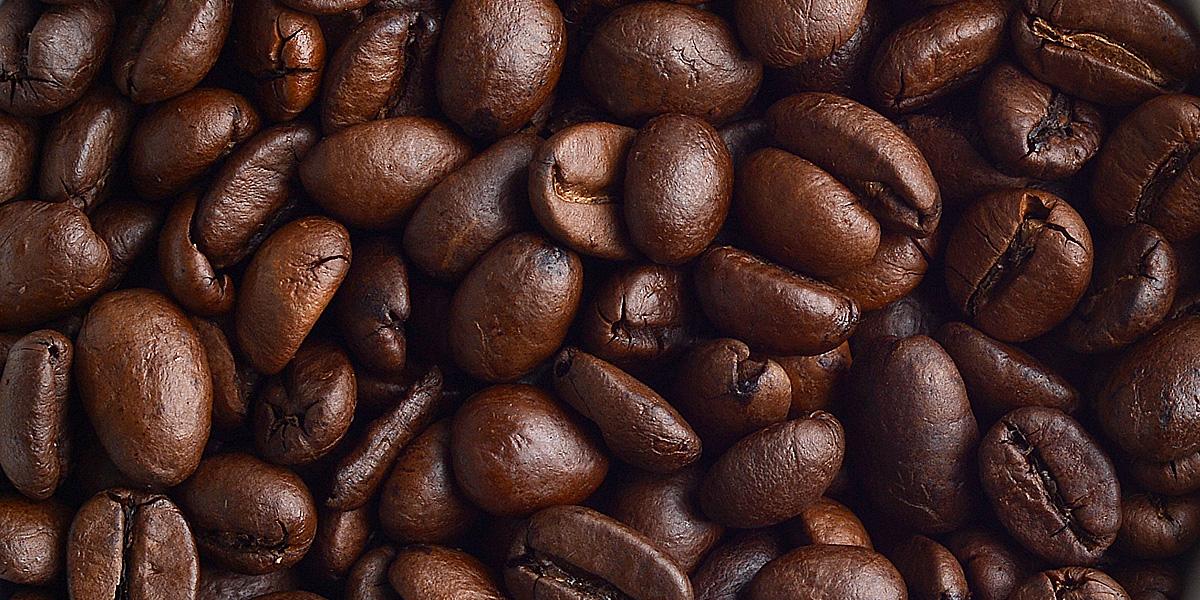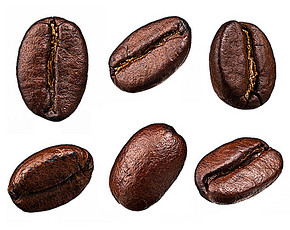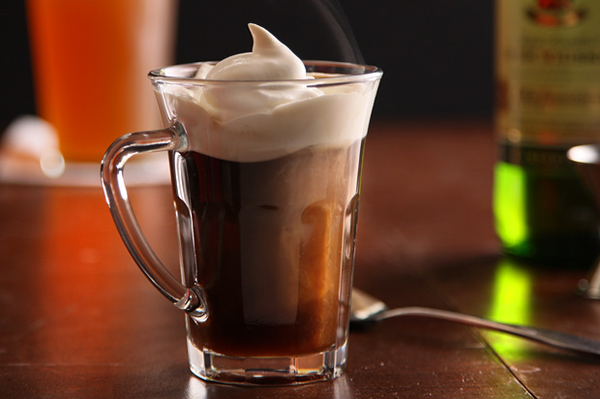The difference between blended coffee and single-serve coffee
Follow the caf é (Wechat official account vdailycom) and found that Beautiful Cafe opened a small shop of its own.
Single cup of coffee
As its name suggests: single origin, indeed, the same variety of coffee beans from the same origin have come to your cup.
If you are a black coffee lover and are reading this article, you may think, "I am often asked this question, why do you have to pay an extra $0.50 per cup of black coffee?"
The problem is very simple. Individual coffee is typical of specialty coffee; they are seasonal (and therefore production is limited), and they are often used by farmers, roasters and baristas to showcase their skills and skills.
As for your taste buds, you will usually feel a lot of different flavors. Here is a small memo about the possible flavor of a single cup of coffee (remember: this memo is only useful when tasting black coffee).

Mix coffee
75% of people order a cup of milk-based coffee: plain white coffee or latte, and get an incredible cup of coffee specially made in a cafe.
Another cool coffee term means that when coffee beans from multiple sources are mixed, the baker will bake two or four kinds of coffee beans at the same time, all from different producing areas and growing countries. Each kind of coffee is roasted in a different way.
To provide your favorite coffee flavors, they are all mixed at different rates (roasting and blending).
Coffee is a natural product from plants, so it is a living and ever-changing thing. Every time you roast coffee, you also have to taste it, mixing about three different coffee beans to achieve a balanced flavor and delicious taste. This is really a technical task.
Central and Southern American Coffee:
Colombia, Nicaragua, Brazil-chocolate, nuts, caramel
African coffee:
Ethiopia, Tanzania, Rwanda-sweet, sour, nutty, lemon, sometimes sour
Asian coffee:
India, Indonesia, Papua New Guinea-fruity, spicy, salty
Important Notice :
前街咖啡 FrontStreet Coffee has moved to new addredd:
FrontStreet Coffee Address: 315,Donghua East Road,GuangZhou
Tel:020 38364473
- Prev

Six things to watch for in coffee
Pay close attention to coffee comment (Weixin Official Accounts vdailycom ) and find that good coffee shop should not drink coffee when smoking, because caffeine in coffee and nicotine in cigarettes will react together, which can easily cause changes in some cells and induce cancer. Calcium deficiency can't drink coffee. Every cup of coffee will make the calcium in our body almost damaged
- Next

What kind of coffee beans are suitable for ice cream coffee?
Follow the comments (Wechat official account vdailycom) found that the beautiful cafe opened its own small shop ice cream coffee step the first step: digging ice cream, must be a big block! Hot coffee can be poured into the ice cream, ice cream and my heart melted together ~ so that you can not only taste different proportions of coffee and ice cream, but also drink refreshing coffee. I can't drink.
Related
- Beginners will see the "Coffee pull flower" guide!
- What is the difference between ice blog purified milk and ordinary milk coffee?
- Why is the Philippines the largest producer of crops in Liberia?
- For coffee extraction, should the fine powder be retained?
- How does extracted espresso fill pressed powder? How much strength does it take to press the powder?
- How to make jasmine cold extract coffee? Is the jasmine + latte good?
- Will this little toy really make the coffee taste better? How does Lily Drip affect coffee extraction?
- Will the action of slapping the filter cup also affect coffee extraction?
- What's the difference between powder-to-water ratio and powder-to-liquid ratio?
- What is the Ethiopian local species? What does it have to do with Heirloom native species?

